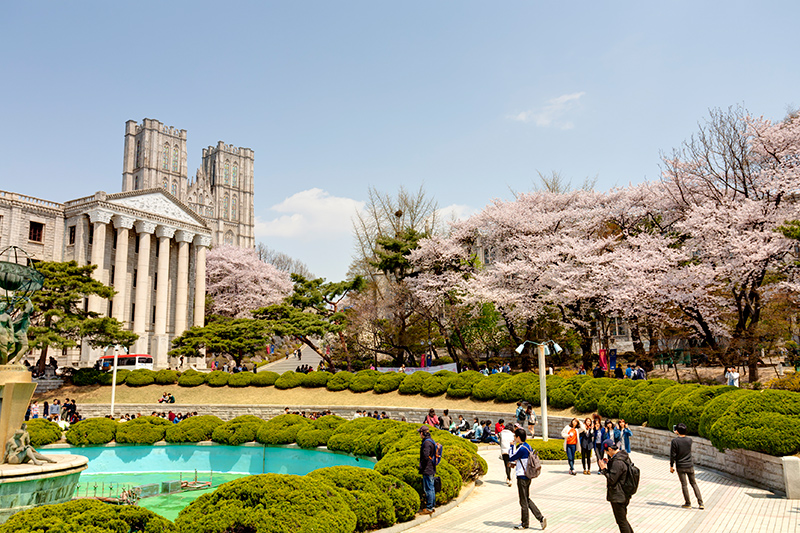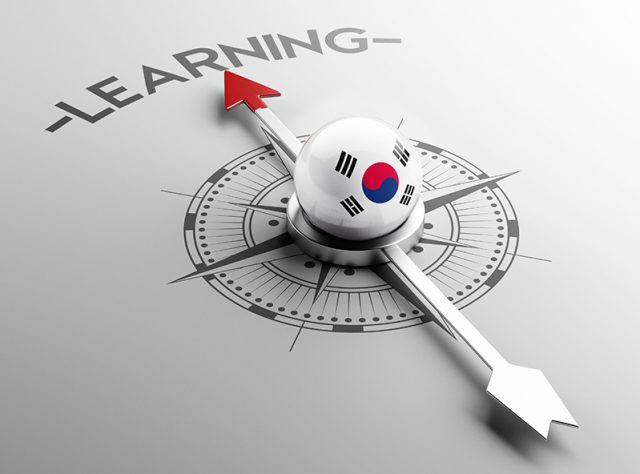South Korea education system is considered to be the best in the world. But when we speak about the success of South Korea education model, it is important to mention the role of the government. It is worth to note that without the governmental support, the education system in the country would not be as successful as it is today.
South Koreans note, that only thanks to a lot of attention to the education they have a positive economic situation. Education is a mirror through which we judge the economy of a country. Nowadays, the level of literacy in Korea is nearly 100%. In Korea, children start reading when they turn 2 or 3 years old.
The education system in Korea is divided into the following stages: Preschool education, Primary School, High school, Higher education. The compulsory period lasts nine years and includes education in primary and secondary schools.
Preschool education
Preschool education in Korea is concentrated on the early comprehensive development of the baby. Starting from three age, children are taught to write and read not only in their native language but also in English. At the same age, children are involved in studying the basics of mathematics. Much attention is paid to physical training and musical education. And even in kindergartens, children have some homework.
Also, there are classes where pupils study science. The main goal of pre-school is to expand child’s interest and curiosity.
Sports activities are based on strengthening the muscles, training balance, learning to play games in a team. Songs that children sing in preschool have an educational orientation. The teach children to respects parents and teachers, they explain how to eat, brush your teeth, how to communicate and pay respect to each other. Though pre-school students are very young, there are English classes in pre-school where children learn how to think and speak in English. Children are also taught the basics of security measures. Every Korean child knows where to call in case of fire and how to call an ambulance. Groups in kindergartens are not too big, around ten children per teacher. That helps to pay maximum attention to each pupil.
As a rule, in the Korean organizations of preschool education, teacher frequently communicate with parents. There are special meetings with parents where they discuss such issues as child’s wrong behavior and his successes at school. A teacher can provide parents with advice on how to organize an effective education at home. Also, children with teachers and parents spend time exploring nature, which allows children to study in a comfortable environment and to relax.
Primary School
The first real schooling begins at the age of 6. As a rule, in primary school, there is only one mentor who teaches children all subjects. And the main subjects are Korean language, English language, mathematics, social Sciences. Also, it is necessary to develop the imagination of the child, so it is important to introduce drawing classes and music classes. All parents want to provide their child with the best possible training, expand their knowledge, and increase the opportunity to enter a prestigious university.
Therefore, there are private schools with a wide range of studied disciplines in South Korea. But not every family can afford to pay for education in private school because of its high cost. A distinctive feature of such schools is uniform.
Middle School
At the age of twelve, a child automatically switches to high school and there is no need to pass any exams. This stage of education includes three grades. In comparison to primary school, the number of disciplines significantly increases, as well as the requirements to pupils are tightened. The standard curriculum now includes such disciplines as ethics, history, computer technology lessons, economics and various types of physical activity. Now the subjects are taught by different teachers, each class has its own room.

High School
This stage of education prepares pupils to enter a higher education institution. If a student does not want to enter university, he has an opportunity to study at a Professional Institute. The main difference between middle and high school in South Korea is the ability of students to choose specializations such as scientific activity, foreign language, art, history etc.
At this stage, the student has to study about 11 disciplines and sometimes the lessons end at late night.

Higher education
If a student wants to enter university, he needs to pass examinations at high school, as well as to pass a national entrance examination. Some higher educational institutions have one more additional entrance examination. Usually, a student will have to write an essay on the given topic.
College is the first stage of higher education, which lasts for two years. Also, there are vocational colleges, where a student will have to study for 3-4 years. After graduation, a student can work as a specialist in such areas as shipping, art, land management, etc.
The next step is University. Young people usually study for 3-4 years to receive a Bachelor’s degree, and then those who wish to continue their education can study further to get Master’s degree. Master’s degree takes 3 or 4 years. In medical schools, after a student gets master’s degree, there is a need to pass one more examination.

